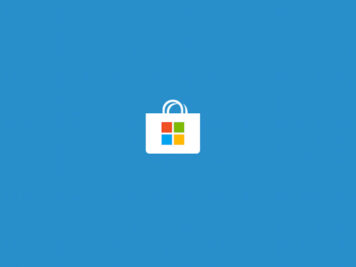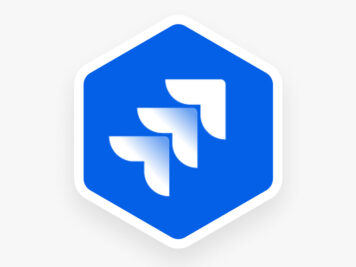Different cross platform technologies have emerged to overcome the challenge of building native build for different operating systems. Although cross platform technologies come as good alternative, every platform has its own set of limitations. The big question is to identify an appropriate tool based on requirements. In this blog post we would address this problem by comparing some of the popular cross platform tools. We will look at Titanimum, Kony and MoSync as they are some of the most popular cross platform tools being used today. We will be doing a comparative analysis of these tools based on the ease of development, memory footprint analysis and App performance.
Ease of Development
Titanium has powerful widgets and a rich platform. It provides eclipse based studio and uses JS for development. Titanium provides good documentation and a strong developer community. It also supports device debugging. It uses native SDK for testing the app on emulator. Disadvantages include its lack of support for Windows 8.
As an alternative tool MoSync uses both C++ and HTML 5/JS as the development language. Mosync Reload can be used to test changes on multiple devices and simulators. MoSync also provides extensive documentation. MoSync doesn’t provide debugging option for building native UI. It requires native SDK for testing native UI apps on emulator.
Kony, as compared to the above two, provides a strong IDE for developing apps. With the advanced drag and drop feature like native platforms, Kony stands out from other cross platform tools. It supports third party widget libraries like Sencha and JQuery Mobile. Kony provides strong support for Enterprise based apps. In spite of all advantages, Kony’s adoption remains low because it is a paid tool. The developer community is not strong and it takes a lot of time to build apps for platforms like BB.
Memory Footprint Analysis
Mobile users are sensitive about sizes of application. Different cross platform frameworks uses plugins to access native features which in turns increases size of executables.
|
Platform
|
Executable Size
|
|
Android Native
|
~ 1 MB
|
|
iOS Native
|
~ 1 MB
|
|
Titanium
|
~ 8 MB
|
|
MoSync
|
~ 2 MB
|
|
Kony
|
~ 6 MB
|
Both Kony and Titanium use a plugin to access native features in their build but MoSync generates and uses native widgets. For a very large size application these figures may be irrelevant but for simple Productivity category app size of the executable can become an issue.
Performance
We have seen a big improvement of performance of Apps running on cross platform tools in recent years. Earlier doing some native actions or showing animation affected the app performance, mainly on Android. Even today, performance of a native build is better than any app built on cross platform tools.
We tested performance for a large List View and Switching/Loading between pages and observed that for Titanium , Mosync and Kony. Performance is good and it is on par with native builds.
In a nutshell
The choice of platform depends on your requirements. MoSync can be preferred choice if existing dev expertise is in C/C++ and also for cases where application needs to be deployed for larger set of Mobile Platforms. For enterprise based apps, Kony can be a better. If your target platform is only Android and iOS then Titanium should be preferred. None of these platforms support Game development and they better be avoided if your App relies extensively on native features.
All cross platform tools still have to go long-way to become par with native platforms like Android and iOS in term of ease of development and performance.
All cross platform tools still have to go long-way to become par with native platforms like Android and iOS in term of ease of development and performance.






